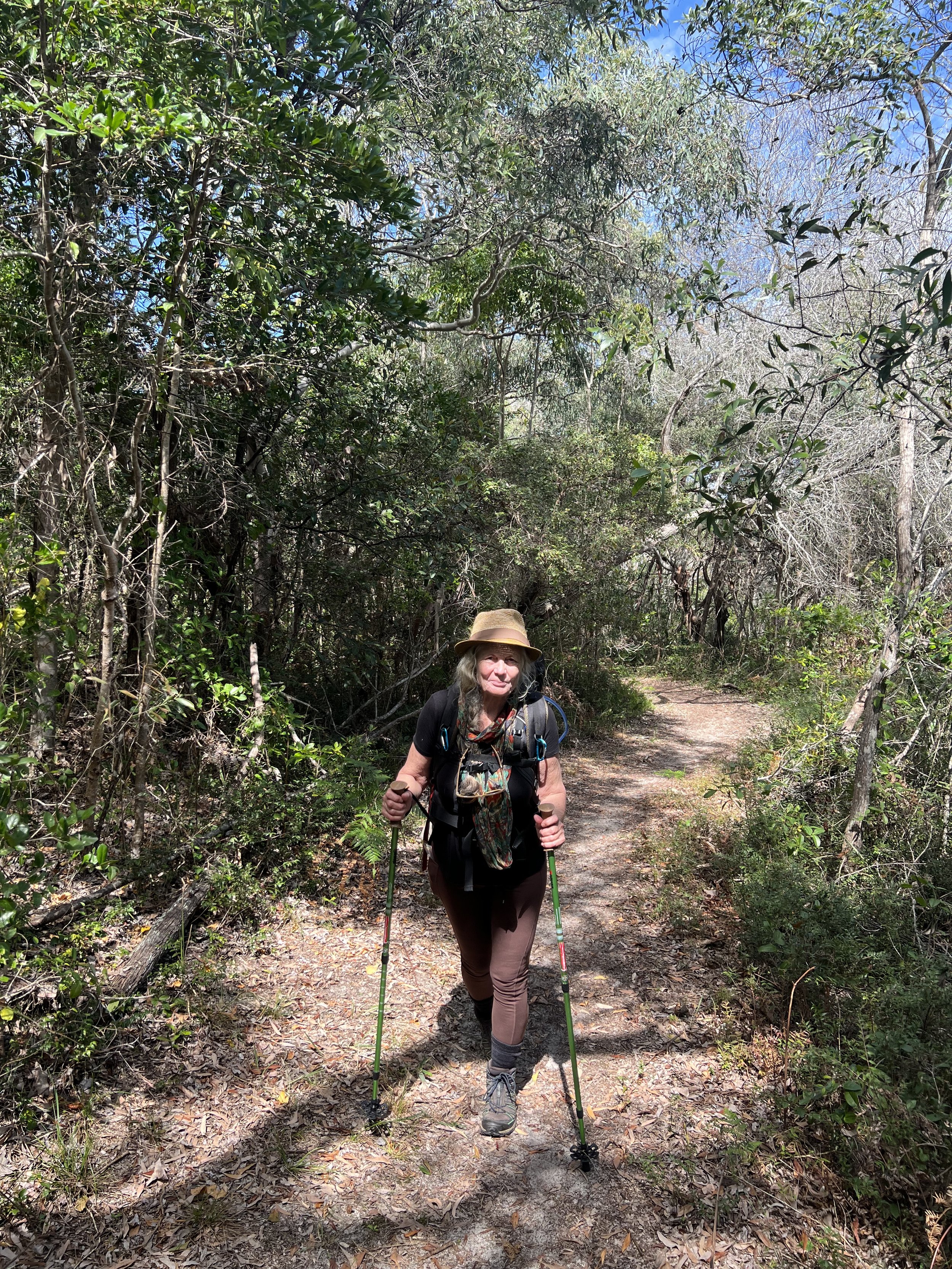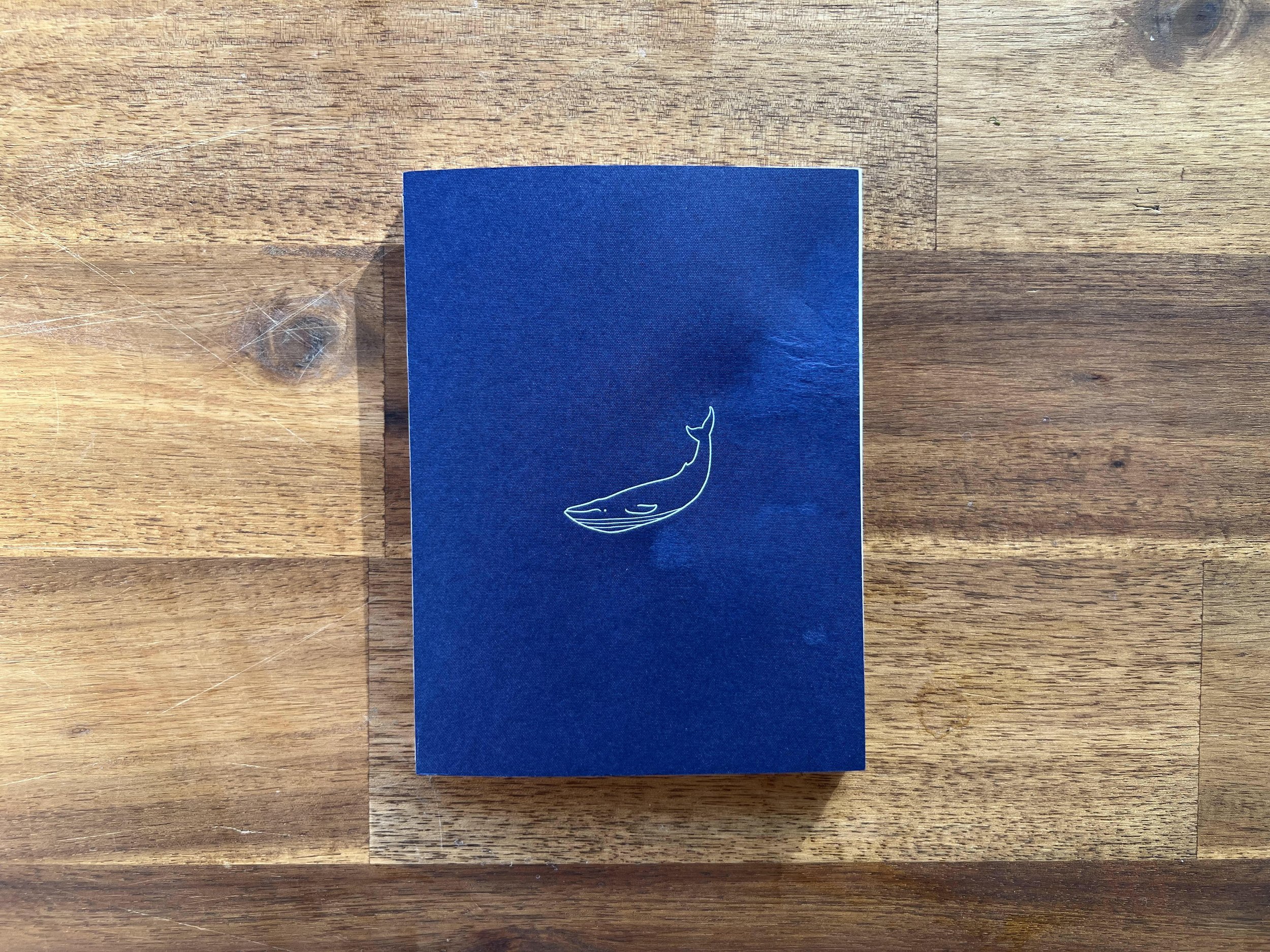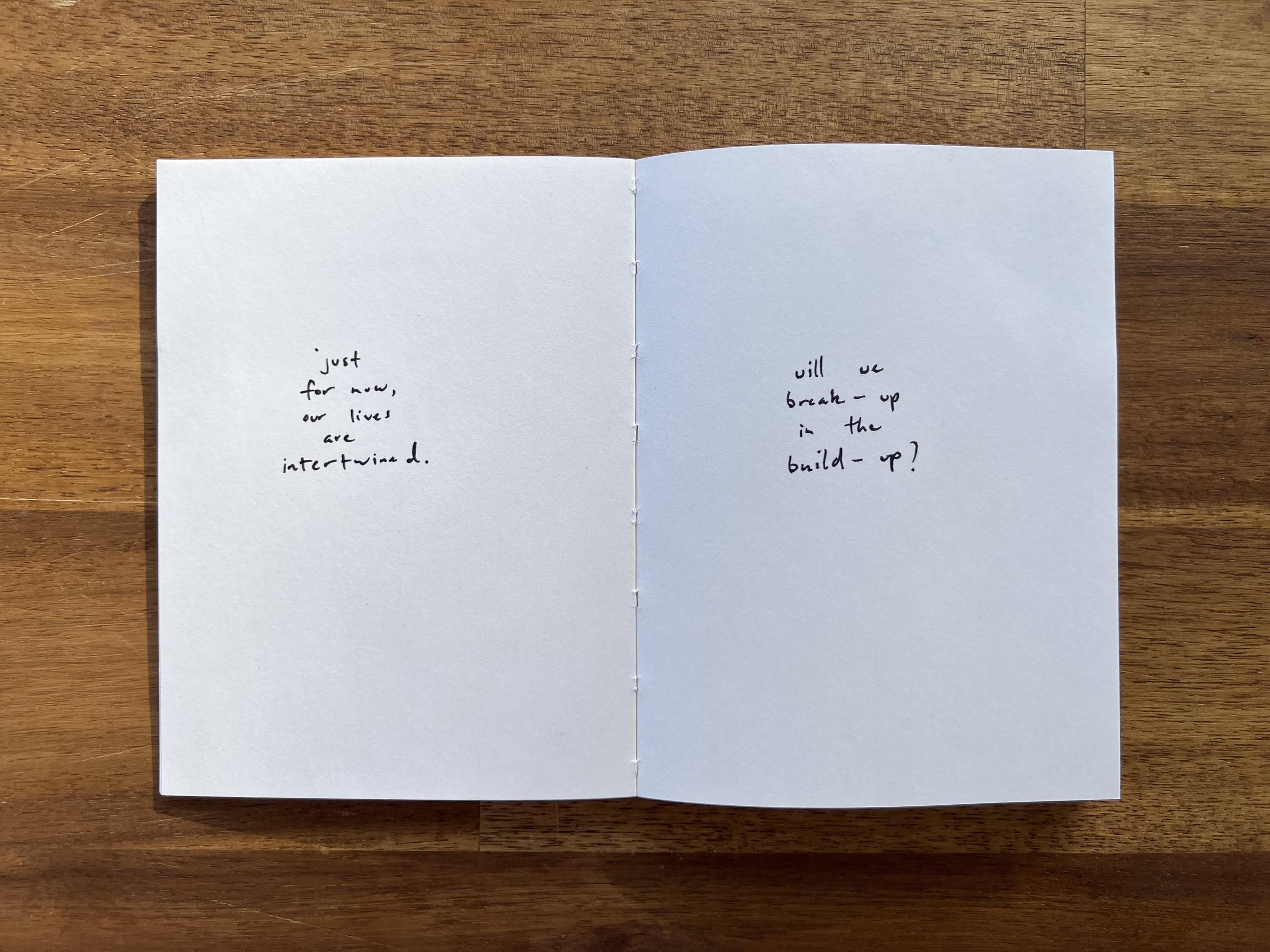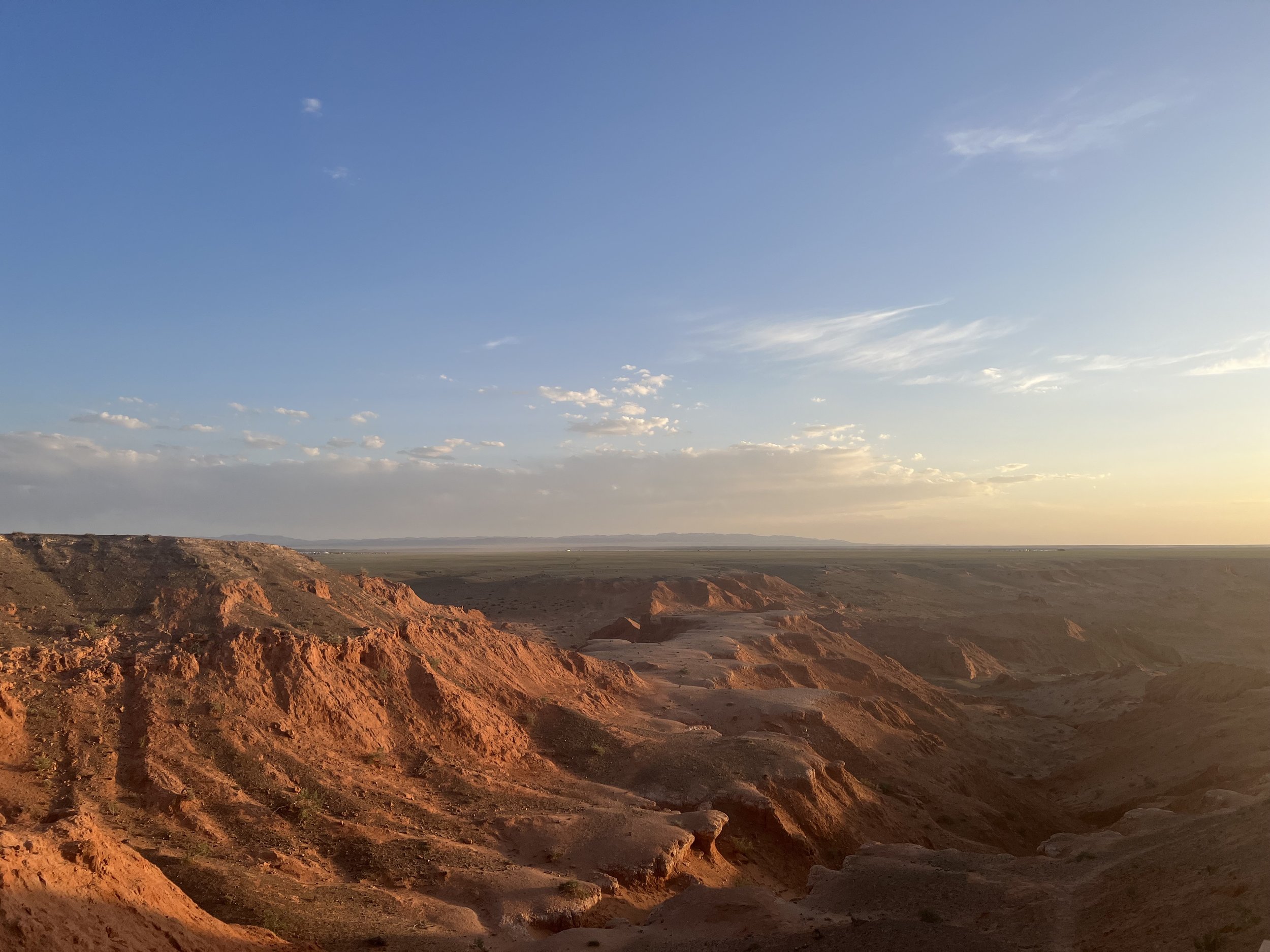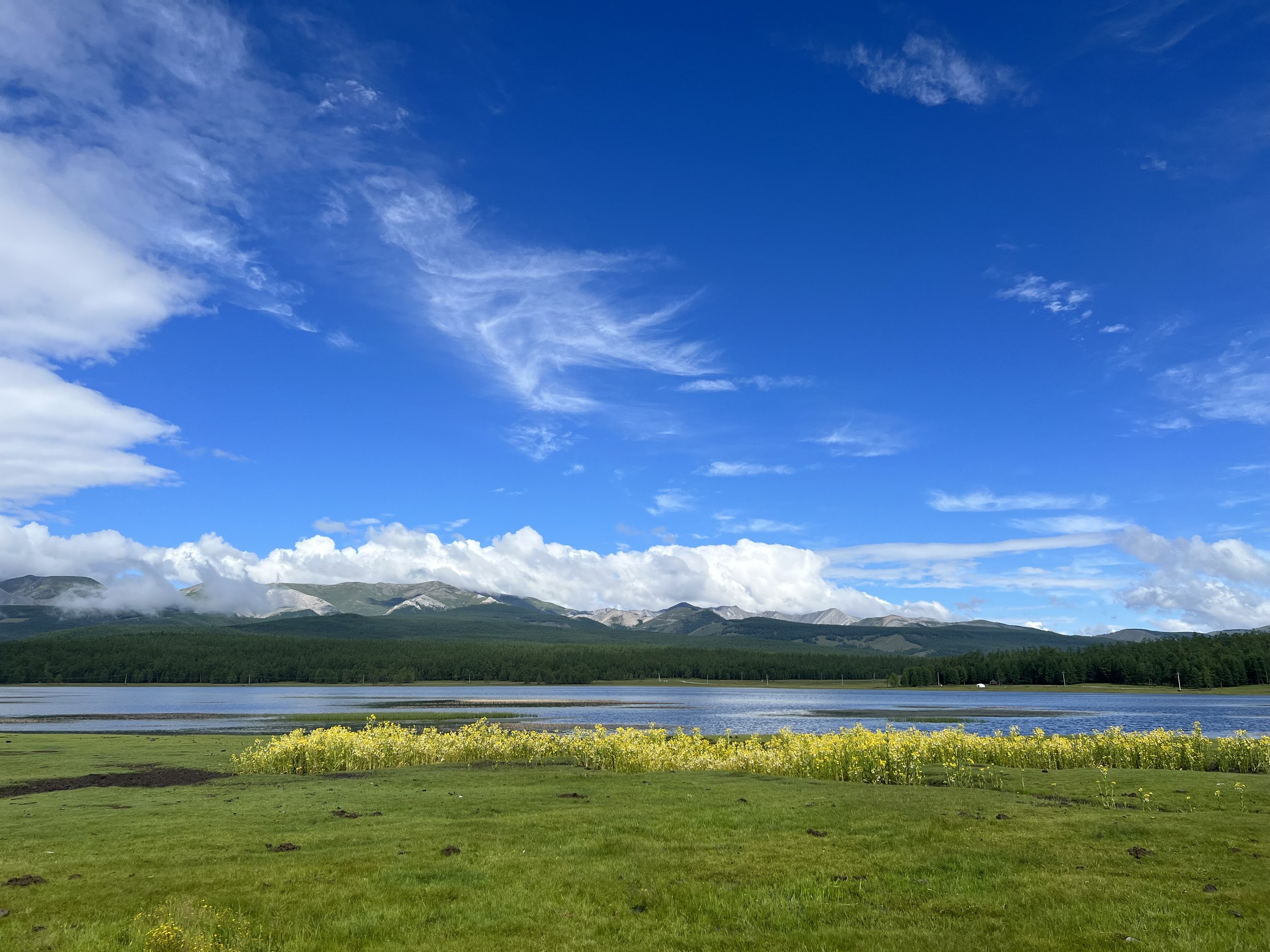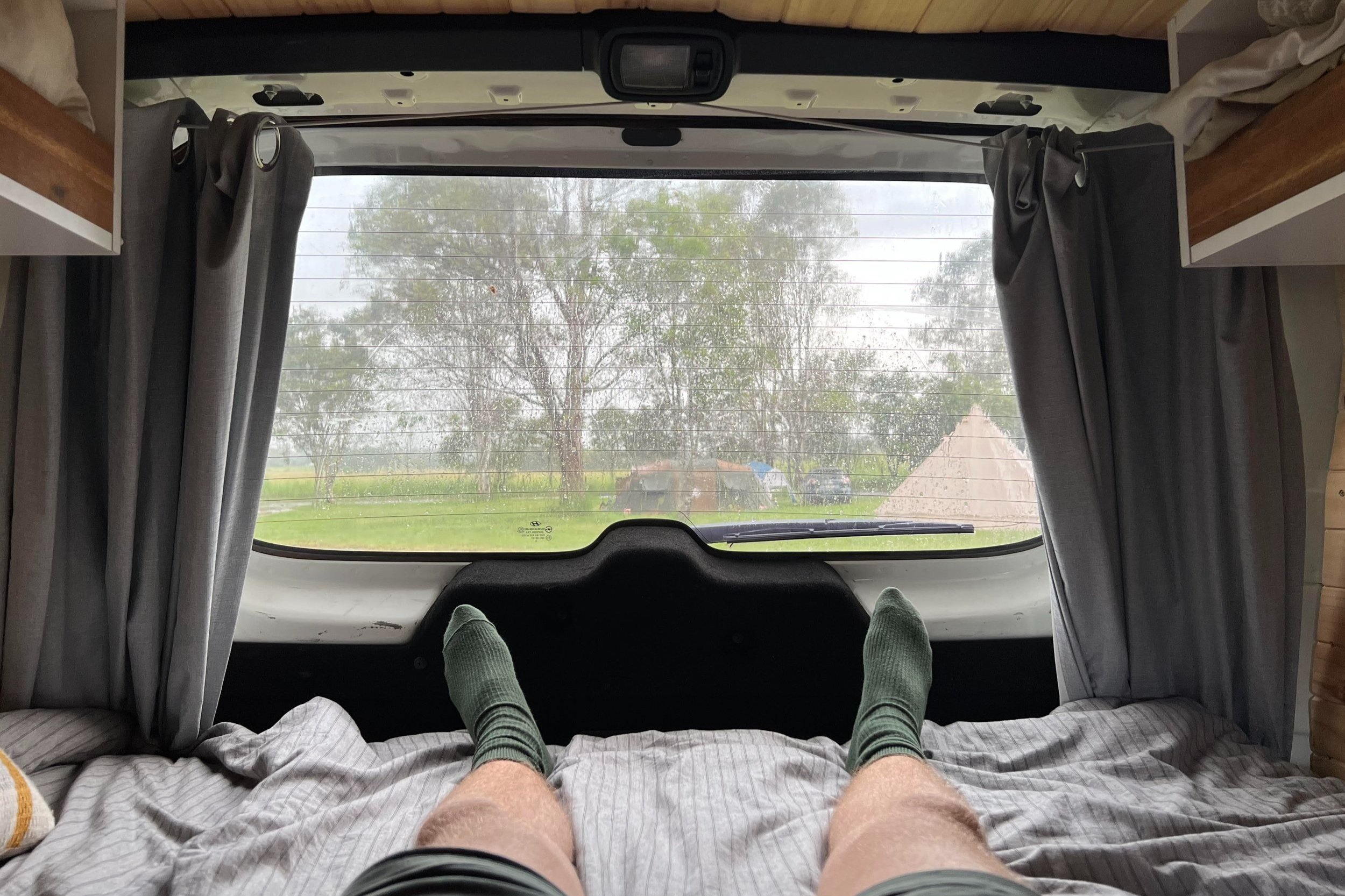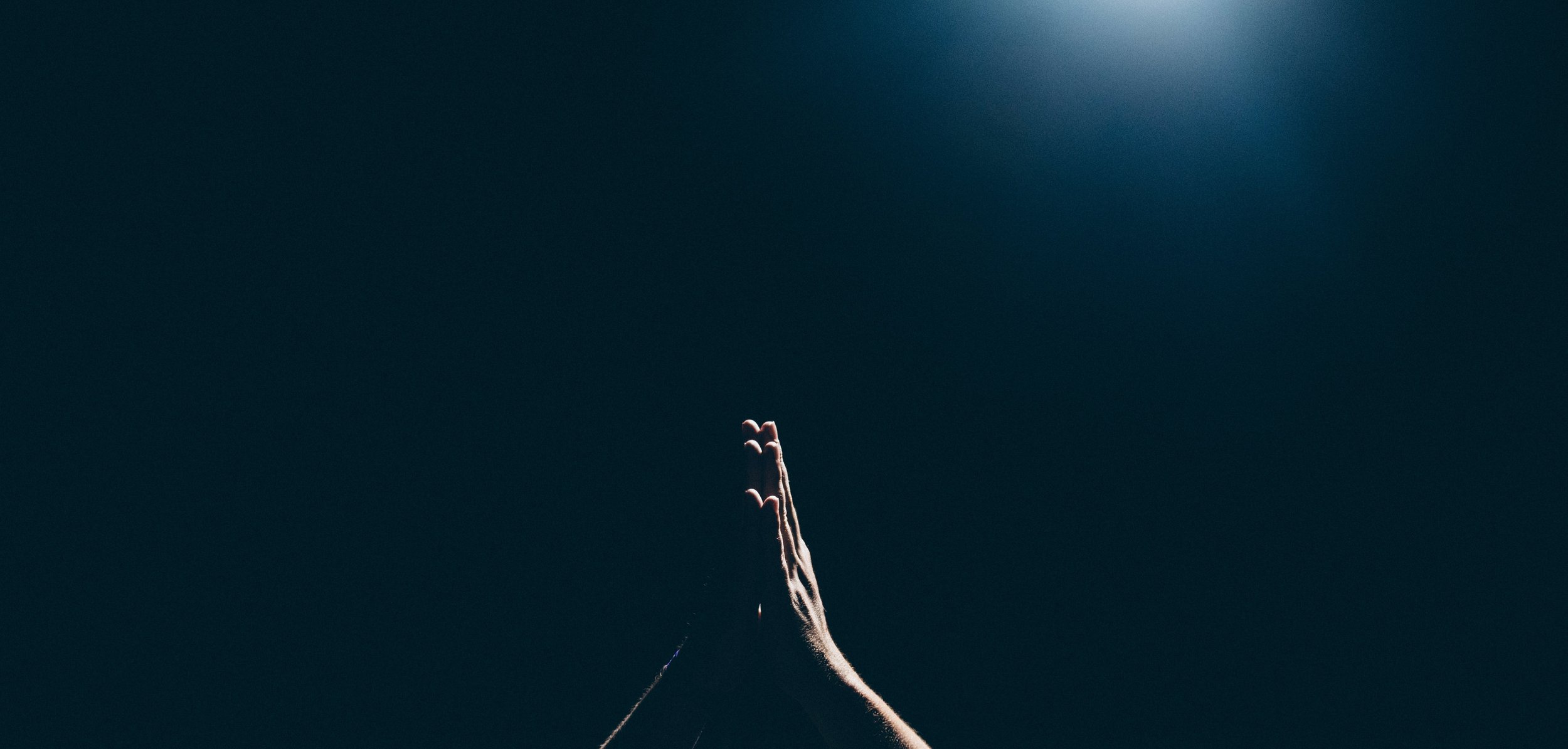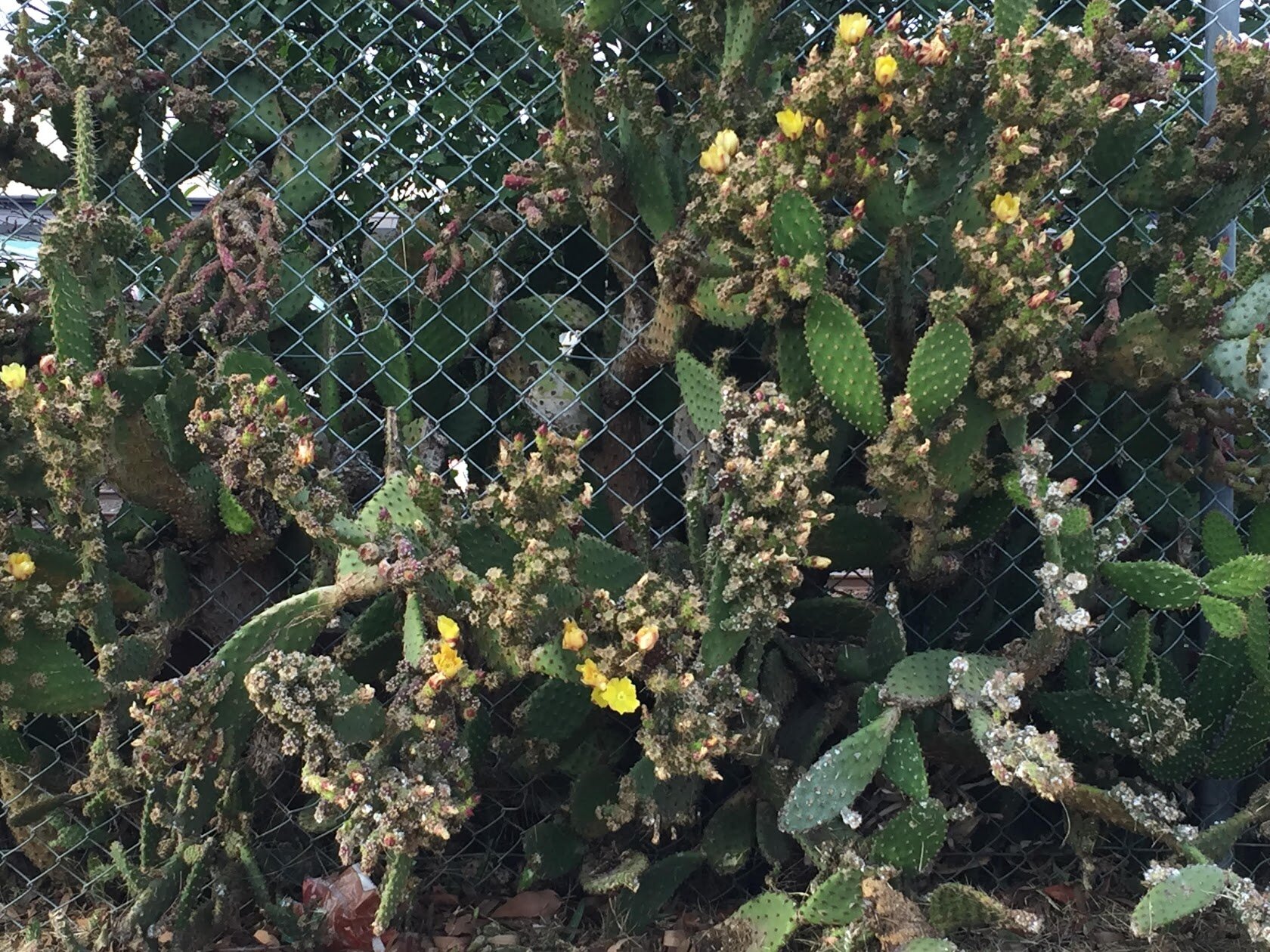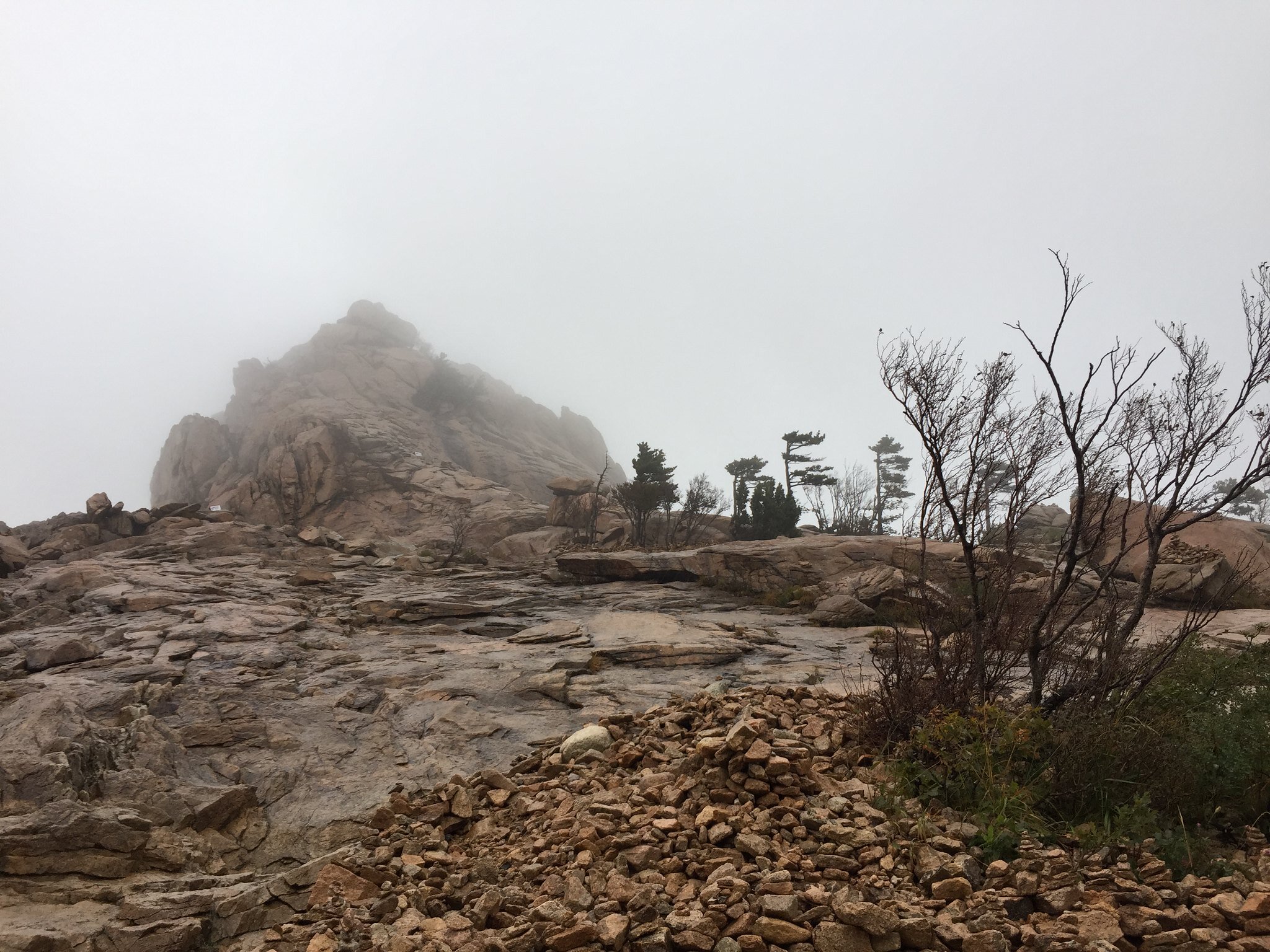INTRODUCTION:
HOMO HILL TO HANZO; 16 years between drinks
January 1st, 2023: I grind coffee beans, telepathically activating them to ease a Mongolian vodka headache. Outside, the Selbe River has frozen solid. Snow topped mountains collage the soviet-era city to the sky.
Rewind: The night before, in Hanzo (Miami Hotel Edition), a queer bar run by the legend that’s always run the queer bars in Ulaanbaatar, I counted down to the new year with a friend that I met in the original Hanzo eight years earlier.
Rewind: In 2016 I was here in Mongolia as an independent artist, creating Love Bus - a show made with the local LGBT Human Rights Centre. Think multi-site performance across the city - part theatre, part vigil, part protest, part birthday party for a five-year-old with two mums… and part exclusive city tour on a swashbuckling chartered bus. As part of the creative development, I danced amongst concrete rubble at the original Hanzo’s closing down party, and met a pash.
Rewind: In 2011, I was working as a youth drama trainer in Tonga, when the late Anaraa Nyamdorj, then-director of the LGBT Human Rights Centre in Mongolia, invited me to be the centre’s first artist in residence.
Rewind: 2007. 21 years old. I’d drink at Seoul’s homo hill and eat sunrise kamjatang (pork bone soup) with three Mongolian friends living in Korea. One never returned to Mongolia, another moved to Japan, and the other was there at Hanzo - counting down the seconds to 2023 with me. We said hi after sixteen years.
When people ask, “why Mongolia?” It’s because of the pork bone soup chats and crushes. Because of that invite and trust from Anaraa… because of Love Bus… because I grew up in the bush, bathed in tea tree oil and basted with lavender balm, appreciating the wild, never meeting other queers, wondering what else was out there.
NOMADS NOT MOMOS
Sometimes when I tell people back home that I’m living in Mongolia, they picture me riding a horse through the desert with an eagle on my shoulder, or sleeping by a fire in a ger (yurt) under a yak hide. But the reality is, I live in an apartment block with wifi, a bathtub, and toasty central heating. Like, I can see a Pizza Hut from my kitchen window.
And sometimes people think I’m in Nepal? Maybe there’s some confusion between Mongolia and Nepal’s momos?
To clarify, Mongolia is a big, but sparse, democratic country between Russia and China. It’s the “Land of the Eternal Blue Sky” - sunny about 230 days a year. Winters drop down to negative thirty degrees celsius. It was the home of Chingis Khan, whose empire extended all the way to Europe a good 600 years ago. Half of the country’s 3 million people live in Ulaanbaatar - a congested and charming tapestry of Soviet flats, gers (yurts), and skyscrapers, is the world’s coldest capital city (we can claim this until Greenland becomes independent). Mongolia is known for its nomadic culture and hospitality, which is still practiced today, its horses, throat singing, wrestling, and its vast landscapes that don’t fit on postcards. Ulaanbaatar is in the same timezone as Perth, but about 2,000 metres higher… and without the coast.
There are no momos, but there are plenty of buuz - the big juicy dumplings that’re served all year but especially at Tsagaan Sar (Mongolian New Year). And suutei tsai (salty milk tea). And tsuivan (fried beef noodles), khuushuur (meat pastry), khorkhog (mutton cooked by hot river stones), goulash, shepherds pie, pickles, more sour dairy products than you can poke an archery arrow at, sea buckthorn juice, and a lot of potato salad. You know that sizzling Mongolian beef we get at the Chinese buffet back home? Haven’t seen it once.
This post is a reflection on my 2023. It’s about beauty and crisis. It’s about my efforts to notice and enjoy what we stand to lose - within, around, and between us. It’s about my search for different life paths on this miraculous and savage planet, hurtling through a universe that’s expanding to make space for all the sorrow and love, as we chip away at our own extinction.
WINTER
COLD CRISIS
Mongolian winters are long, the days are short, the ice is slippery, and in Ulaanbaatar, the air pollution is bad. Surrounding the city centre, people living in ever growing unplanned neighbourhoods that aren’t connected to amenities, burn coal to stay warm, producing a lot of smoke that mixes with the pollution from cars and factories, and fine sand from the Gobi desert.
Zooming out: mass migration from the countryside to the city is largely due to the loss of livestock in extremely cold winters known as dzud (more about these disasters here, or watch the movie The Wolves Always Come at Night). Climate change is making these extreme winters colder, and more frequent. Those paying the price of climate change now, are those least responsible for it. Mongolia is heating up faster than other places. More extreme and more regular weather events not only threaten Mongolia’s nomadic culture, it further fuels economic inequality and social disadvantage. Crisis.
When I look at the frozen Selbe River from my apartment window, I remember that pause is a part of flow. When conditions change, intentional waiting can be a wise, or at least necessary state. But at the same time, prolonged silence and stillness may be our greatest threat.
THE GOLDEN MAGPIE OF DEMOCRACY
From October 2022 to July 2023, I worked at Zorig Foundation as an Australian Volunteer with the Australian Volunteers Program.
The foundation is named after Sanjaasürengiin Zorig, the leader of Mongolia’s democratic revolution, who was assassinated in 1998. His murder remains an unsolved mystery. After his death, his family and peers set up the foundation, to continue his legacy. Now the team run over fifteen programs every year, from scholarships to leadership training, international exchanges to social-media campaigns. They “empower, equip, inform and inspire young people and change-makers to make a real difference in their communities and beyond.”
I facilitated strategic planning sessions with the team, assisted with project proposals and grant applications, and worked with the staff as they refreshed their communications and branding.
PINA COLADAS AND LOGIC FRAMEWORKS
The frigid winter was a test for this kid from the warm Queensland bush. Thankfully, as part of the Volunteers Program, I got a quick warm escape to Cambodia (via Seoul) for some training, clean air, and fresh fruit and veg. After time in Phnom Penh, I made my way south to Koh Rong and Koh Rong Sanloem for bungalows, cocktails, whole barbecue fish on the beach, and ocean swims. While there, I submitted the biggest grant application of my life with Zorig Foundation to the European Union. A hundred pages of responses, logic frameworks, and budgets. How relaxing! We pitched a huge youth development program all about supporting young people to lead community development activities. We were shortlisted, which was a big win in itself, but unsuccessful in the end. There are pros and cons to not getting that cash. The resources would have kicked off some amazing things, but would the labour of squeezing the square peg of grass roots community work into the round hole of international development managerialism help or hinder us in the long run?
IN SPRING
WE MELT
The Selbe River melted, letting go of everything the ice had held onto. First: an empty Yellowtail wine bottle, a lost leather boot, and a muddy queen-size mattress.
Then, the body of a dove that’d hit a glass window, a street dog that didn’t survive the winter, and a plastic snow sled snapped in half by the force of a Father’s love.
Then, more frozen detritus from the past - mistakes, regrets, unsent voice memos, out-of-sync glances, half-formed apologies, humiliating browser search histories, messages left on read, thirst traps, what ifs, broken boundaries, and held back compliments… all revealed, lifeless, as the ice melts and they slide downstream.
And then, the ducks came back.
ORDINARY THINGS PICTURED ABOVE:
An important neighbourhood message
Cake #3466 with the work crew
Indie rock band, The Lemons live in UB
UB’s best sourdough
Queers for women at Sukhbaatar Square
A selfie at the bougie Shangri-La gym
Remembering Zorig
Trecking Bogd Khan with a mate on the first day that I could take my jacket off outside
EXTRAORDINARY THINGS:
A piece of American space junk that fell out of the sky and landed in the Mongolian desert. I’m obsessed with it. You can find it at Hustai National Park where the once pronounced extinct Przewalkski’s horse lives on. Read more here.
PICS FROM A TRANS MONGOLIAN RAIL Trip to Sukhbaatar NEAR THE RUSSIAN BORDER
and then I got medically evacuated to Korea to get my tonsils out.
Ate a lot of rice porridge.
SUMMER
Summer saw me nerd out on wild flowers. Beauty.
DELUGE
On July 5th I woke up to the sounds of sirens, and emergency announcements booming through loudspeakers. From my window, I could see the Selbe bursting. Water was gushing over its banks, flooding roads and filling up basements.
Half a year’s rain fell in a couple of days.
We were in the way.
I evacuated as water lapped at the door to my apartment block. When I returned a few hours later, it had risen further, and crews had started sandbagging the river banks.
I (we?) spend a lot of time pretending that we are not living in a time of collapse. Not only are we unprepared for disasters, but we are creating them, putting profits before planning, and perpetuating the lie that somehow nature is separate to us, and something we can control.
We are nature - and not only that - the most reckless part of nature that I know of. Crisis.
Hello STRANGER
Brian came to visit! Brian is the illustrator of The Footprint and though we had been working together online for a couple of years, we had only met twice in real life. He also has a habit of chuffing off to very isolated, very cold places.
We went south for flaming cliffs, eagle valleys, sand dunes, stargazing, and deserts for days. Then north for freshwater lakes, ancient monasteries, airag (fermented mares milk), and extinct volcanos. Photos here.
There is nowhere a Toyota Prius can’t go, and Mongolians have always said that!
Somewhere in the Gobi Desert we said let’s be boyfriends or some shit.
We flew home via Korea. Highlights include the abalone porridge at Jagalchi Market, Anthracite coffee’s Seogyo branch, and sleeping through a typhoon in Busan. Crisis averted.
SPRING (AGAIN)
I popped home for a couple of months and did a few things:
Market Market
A gorgeous artists’ lab on Larrakia country. Read my response HERE.
Australian Performing Arts Forum
As Lenine Bourke’s professional sidekick, I had the pleasure of co-facilitating the ON COLLECTIVE RESPONSIBILITY – co-designing the future of the arts sector session at APAF.
Community Arts and Cultural Development practice is endangered. But it comes naturally for my friend and mentor, Lenine. She practices this radical approach no matter what the gig is, ushering ambiguity and spontaneity and queer joy into places where all that’s usually stamped out.
Love Lenine. What an odd couple.
All Aussie Adventure
In September and October, I caught up with friends and fam, and hit the road in my van.
BACK TO THE SELBE
With my Aesop and Indian spices restocked, I flew back to Mongolia for my second assignment with the Australian Volunteers Program, this time at the Arts Council of Mongolia. I worked there for the rest of the year and into 2024 - but I’ll save that for next time. In my spare time I shared bottles of negroni at Dunzengarav and sipped flat whites at ROK with my dear friend Duke, attended Australian embassy events, swam, worked out, went to sound meditation, and danced at the gritty queer disco, DIEX, as the Selbe slowly began to freeze once again.
THE WATER WAY
The Selbe River is a trickling stream, and an unstoppable beast. A sparkling silk and a muddy wound. Children skate on its ice, teenagers make out on its banks, and the lost toast to it, swigging corner store vodka with throat-singing ghosts under Sagittarius in the sky. Grandmas watch over it, longing, knowing something I don’t. A plastic bag is scooped out with a walking stick. A baby sleeps in a pram, calmed by the sound of water changing form, melting in search of a way off the plateau. It snips the city in two when running and bridges east and west when frozen. It is perfect in its transitions and its mess. It is wild and cracked, pristine and murky. Stubborn, unforgiving, and nurturing. It is nature, and so am I. We are capable of holding on, letting go, destruction, tenderness, and renewal.
That was my 2023.
Crisis.
Beauty.





































